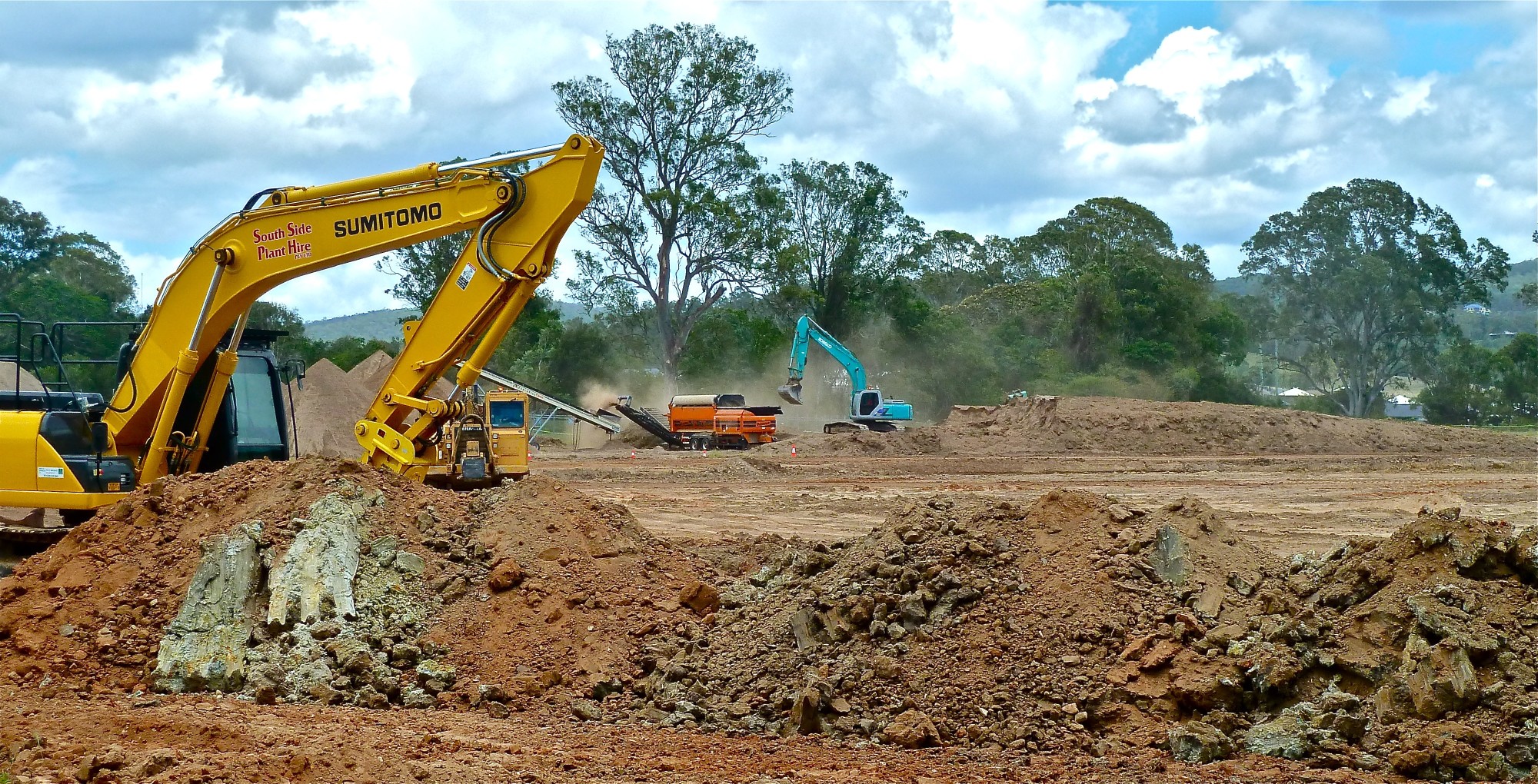Land clearing services play a crucial role in various construction and development projects, ensuring that the land is properly prepared for its intended use. Whether it’s clearing vegetation for a new building site, creating firebreaks for wildfire prevention, or clearing land for agricultural purposes, professional land clearing services are essential for efficient and effective land management. To navigate to this site, let’s delve into the details of land clearing services, exploring the different types, processes involved, and the benefits they offer to get navigate to this site.
- Introduction
Land clearing is the process of removing vegetation, trees, rocks, and other obstacles from a piece of land to prepare it for construction, agriculture, or other purposes. Professional land clearing services employ specialized equipment and techniques to ensure thorough and safe clearing operations. These services are essential for maximizing the usability of land while minimizing environmental impact.
II. Types of Land Clearing Services
A. Mechanical land clearing
- Mechanical land clearing involves the use of heavy machinery such as bulldozers, excavators, and mulchers to clear vegetation and debris.
- This method is suitable for large-scale clearing projects and areas with dense vegetation.
- Mechanical land clearing is known for its efficiency and cost-effectiveness, making it a popular choice for many land development projects.
B. Chemical land clearing
- Chemical land clearing utilizes herbicides and other chemical agents to kill and remove unwanted vegetation.
- This method is often used in areas where mechanical clearing is not feasible or cost-effective.
- While chemical land clearing can be effective, it requires careful application to minimize environmental impact and ensure safety.
C. Manual land clearing
- Manual land clearing involves the use of hand tools and equipment to remove vegetation and debris.
- This method is labor-intensive and is typically used in areas where machinery cannot access or in sensitive environmental areas.
- Manual land clearing may be slower than other methods but can be more precise and environmentally friendly.
III. Process of Land Clearing
A. Site assessment
- Before clearing begins, the site is assessed to survey the land and identify any obstacles or vegetation that need to be removed.
- This involves careful planning and obtaining necessary permits to ensure compliance with local regulations.
- Site assessment helps determine the most suitable clearing method and ensures the safety of the clearing operation.
B. Clearing operations
- Once the site is assessed, clearing operations begin, involving the mobilization of equipment and crew to the site.
- The chosen clearing method is implemented, whether it’s mechanical, chemical, or manual clearing.
- Safety protocols are followed, and measures are taken to protect the environment and surrounding areas during the clearing process.
C. Debris removal and disposal
- After vegetation and obstacles are cleared, debris is removed from the site using trucks or other equipment.
- Options for recycling or disposing of debris are considered, with a focus on minimizing environmental impact.
- Site cleanup and restoration may involve grading the land, planting vegetation, or implementing erosion control measures to restore the site to its natural state.
IV. Factors to Consider When Hiring Land Clearing Services
A. Experience and expertise
- Look for land clearing companies with a reputation for excellence and a proven track record of successful projects.
- Consider the range of services offered and whether they have experience in handling similar projects.
- Read client testimonials and reviews to gauge the quality of their work and customer satisfaction.
B. Equipment and technology
- Ensure that the land clearing company has access to modern equipment and technology to perform the job efficiently and effectively.
- Consider the reliability and maintenance of their equipment to minimize delays and downtime during clearing operations.
- Evaluate the company’s efficiency and precision in executing clearing projects using advanced equipment.
C. Environmental considerations
- Choose a land clearing company that prioritizes environmental sustainability and complies with regulations regarding land management and conservation.
- Inquire about their approach to minimizing ecological impact and preserving natural habitats during clearing operations.
- Ensure that the company employs sustainable practices and takes measures to protect water sources, wildlife, and sensitive ecosystems.
V. Benefits of Professional Land Clearing Services
A. Time and cost savings
- Professional land clearing services can complete projects more efficiently, saving time and reducing labor costs.
- Avoidance of delays and setbacks ensures that construction or development projects stay on schedule and within budget.
- Overall project costs are reduced by optimizing clearing operations and minimizing waste.
B. Safety and liability
- Trained and skilled personnel employed by professional land clearing companies ensure the safety of clearing operations.
- Compliance with safety standards and regulations mitigates risks and liabilities associated with land clearing activities.
- Minimizing accidents and injuries protects both workers and property owners from potential legal issues.
C. Quality and expertise
- Professional land clearing services deliver high-quality results, ensuring thorough and precise clearing operations.
- The expertise of experienced crews and the use of advanced equipment contribute to enhanced project outcomes.
- Investing in professional land clearing services yields long-term benefits, including improved land usability and reduced maintenance costs.
In conclusion, professional land clearing services are essential for preparing land for various purposes, from construction and development to agriculture and conservation. By selecting the right land clearing company and method, property owners can navigate to this site and ensure efficient, safe, and environmentally responsible clearing operations. With experienced crews, modern equipment, and a commitment to quality and sustainability, professional land clearing services play a vital role in shaping landscapes and fostering sustainable land management practices.

